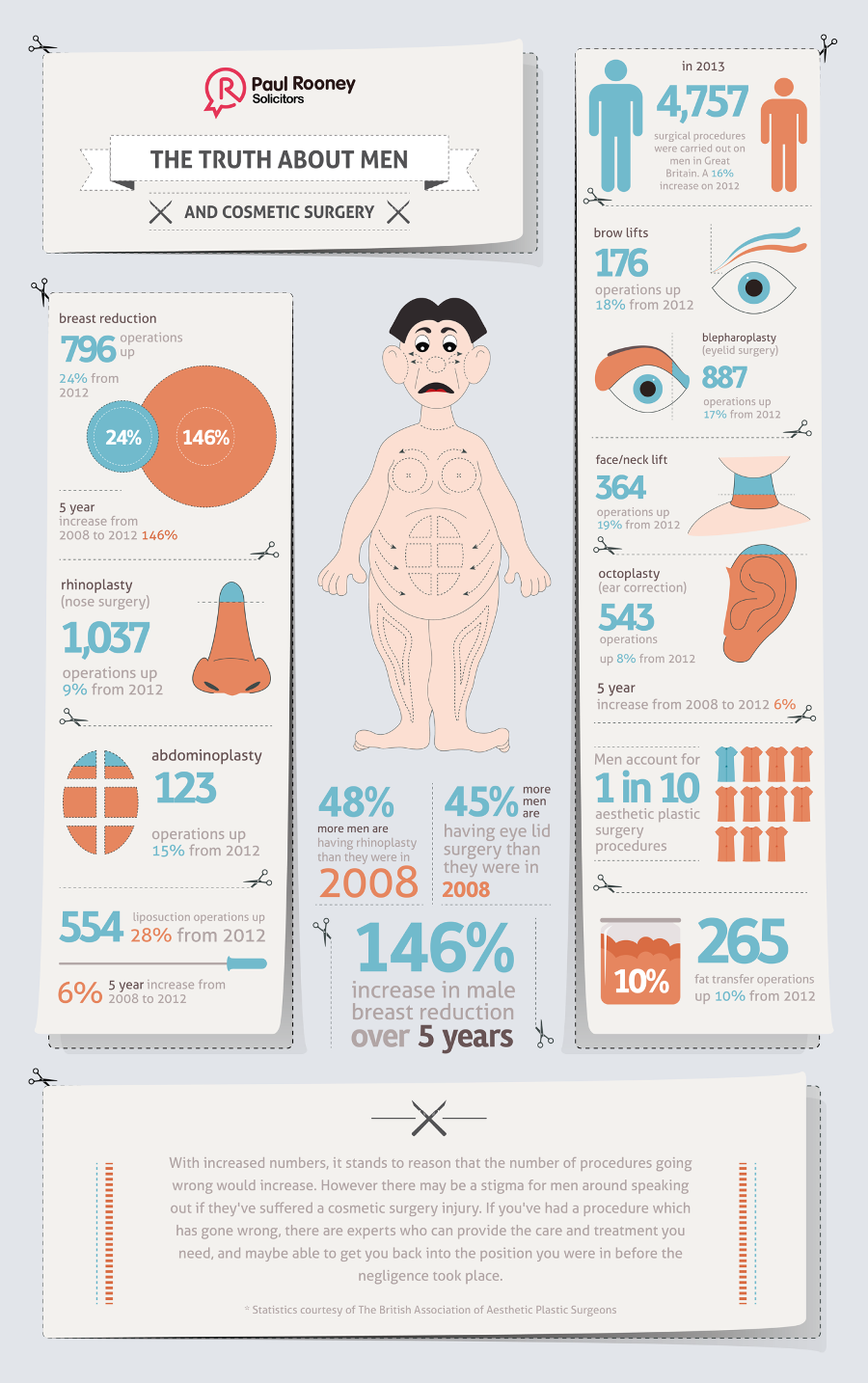Does Drinking Water Clear Acne
Does Drinking Water Clear Acne
Blog Article
Causes of Acne on Cheeks
Acne outbreaks in the cheek area are activated by many things, from touching your face often to not transforming your pillowcase commonly enough. Picking at blemishes boosts your threat of infection and scarring, and certain medications can aggravate dark places (postinflammatory hyperpigmentation).
The good news is, there are numerous means to prevent and deal with cheek acne. These consist of:
1. Hormonal Modifications
Acne is largely triggered by hormonal agents, especially those created throughout puberty and maternity. For some, a family history of acne might also add to their problem. Anything that clogs pores, such as oil-based skin treatment products or waxy hair products, can activate acne. Numerous topical treatments, like benzoyl peroxide and salicylic acid, can battle microorganisms and unblock pores. Those with serious or persistent acne should seek therapy from their medical professional.
Avoid touching or squeezing your acne, as this can press several of the bacteria deeper into the skin, causing an extra severe breakout. It is additionally vital to alter pillowcases on a regular basis and use tidy makeup brushes. You must additionally try to prevent toxic irritants such as rubbing from putting on a helmet or tight collar.
2. Diet plan
The oily, sweet foods that many individuals think trigger acne may really refrain from doing so. Actually, researches have shown that eating a diet plan abundant in entire, nutrient-dense foods helps to prevent breakouts.
Foods high in the glycemic index (such as white bread, corn flakes, puffed rice and potatoes, doughnuts and other breads) increase blood sugar level degrees promptly, and this can increase hormones that increase oil production and result in acne.
Consuming cow's milk has actually additionally been connected to raised acne outbreaks. If you are a normal cow's milk enthusiast, you could want to try switching to low-fat or nondairy alternatives that are fortified with calcium. In addition, drinking more water can help to decrease acne because it helps to keep the skin hydrated.
3. Excess Oil
While oil is important for healthy skin, it can become a problem when too much sebum mixes with dead skin cells and blocks pores. This combination can create blackheads, whiteheads and acnes. The obstructed pore wall surface can break down and spill microorganisms, dead skin cells and sebum right into bordering skin. This leads to a red bump referred to as a pimple. In some cases these red bumps have pus in the facility from a bacterial infection. Larger contaminated bumps that appear like acne are called cysts.
There are numerous things that can cause excess sebum and clogged pores, including hormonal agent variations, diet regimen and everyday routines. Some examples include touching the face frequently, relaxing your hand on your cheek, making use of filthy makeup brushes and not changing pillowcases regularly.
4. Stress and anxiety
If you're managing pain pimples or a slew of blackheads and whiteheads, it may be time to talk with a skin doctor. They can suggest an efficient treatment that matches your skin kind. Practicing relaxation and stress-reduction techniques additionally assists.
Acne can happen in the cheeks due to rubbing and stress, such as when a person touches their face frequently or wears a hat or sporting activities helmet that scrubs versus the skin. It can additionally appear where greasy cosmetics and creams scrub against the skin.
Stay clear of pressing acne, as this can push contaminated product deeper into the skin and lead to scarring. Rather, see a physician to learn about preventative therapies like medicine, skin care items and way of life changes. Consuming a healthy and balanced diet of entire foods, getting lactic acid seven to 9 hours of sleep and using noncomedogenic make-up and skincare items can all help reduce acne breakouts.
5. Hair Products
Hair items are not generally thought of as a root cause of breakouts, yet they can add to acne on the cheeks in some people. Pomade acne, which is identified by small shut comedones and papulopustules, is typically caused by using oily hair products which contain comedogenic components such as certain oils and acetylated lanolin.
Choosing hair items that don't contain these possibly comedogenic components is an essential action towards lessening breakouts. Also, making certain that hair items aren't being available in contact with the skin can aid protect against breakouts. For example, using a scarf or hood at night can restrict hair-to-face contact and reduce the likelihood that leave-in hair items will rub off onto the face.
In addition to using a non-comedogenic moisturizer and washing with an acne face clean, various other practical techniques include: